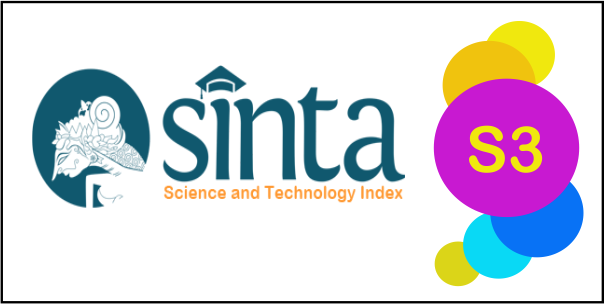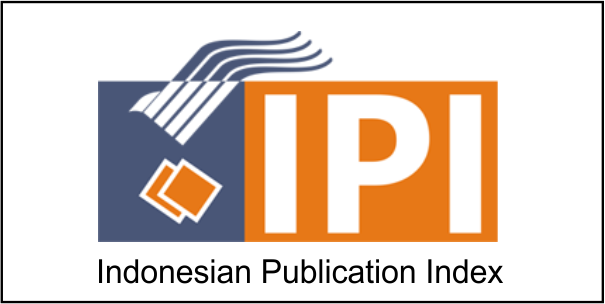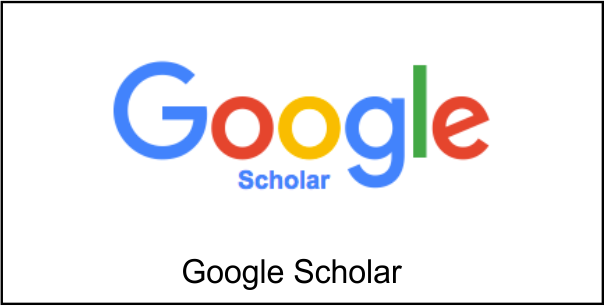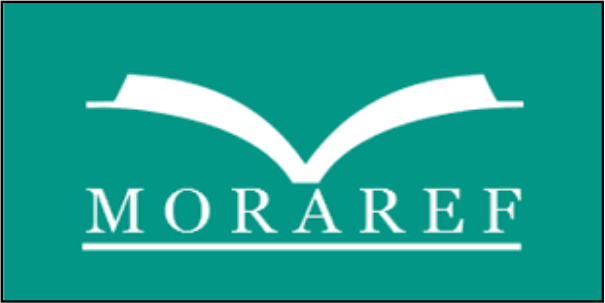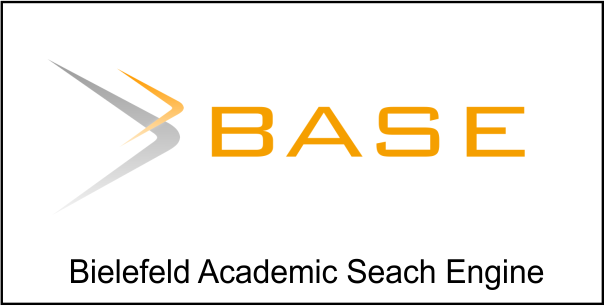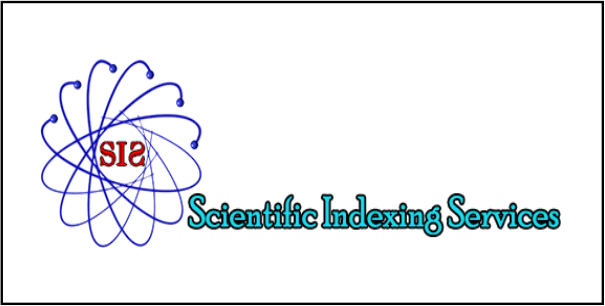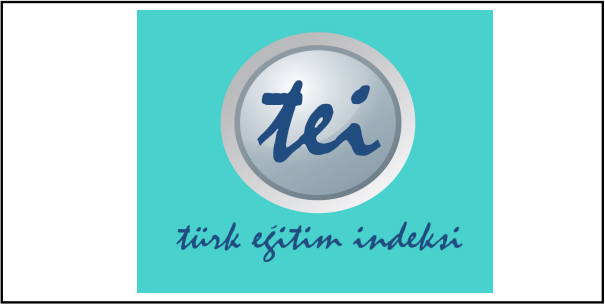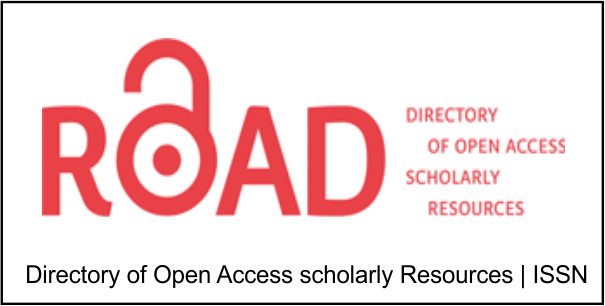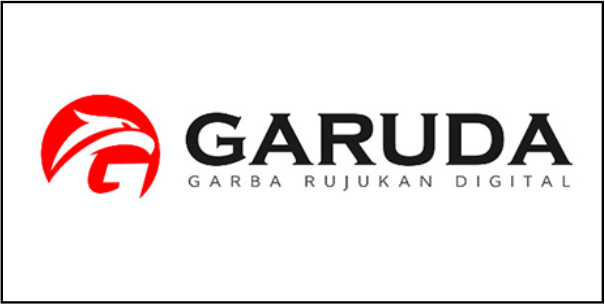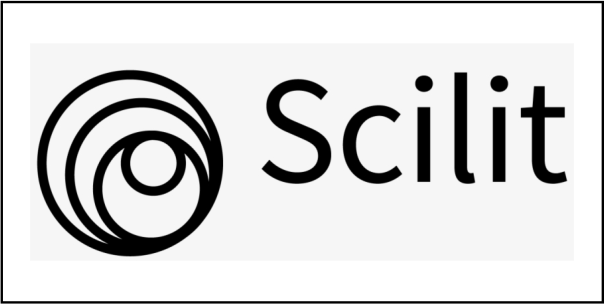Online Submissions
Already have a Username/Password for Quantum: Jurnal Inovasi Pendidikan Sains?
Go to Login
Need a Username/Password?
Go to Registration
Registration and login are required to submit items online and to check the status of current submissions.
Author Guidelines
THE AUTHOR GUIDELINES OF QUANTUM : JURNAL INOVASI PENDIDIKAN SAINS
- The articles written for the QUANTUM: Jurnal Inovasi Pendidikan Sains Journal are the results of a comprehensive study, review and critical analysis study in the fields of Educational Science (Chemistry, Biology, Physics, and Applied Science). The manuscript should be typed in Times New Roman, 10 pt, single space, and A4 paper size with a maximum of 20 pages.
- The article file must be created in Microsoft Word format. Then, Author uploads the article file on the Open Journal System QUANTUM: Jurnal Inovasi Pendidikan Sains website. Before uploading it, Authors must make the registration process first. For full instructions can visit the following website: https://ppjp.ulm.ac.id/journal/index.php/quantum/pages/view/Author%20Pack
- Do not include an academic degree when writing your name on the article and place your name under the title of your article. An institution name is placed under the author's name of the article. Then, include the current author's e-mail address to make communication easier. If the author is a team in an article, then one becomes a corresponding author by marking (*) behind the name.
- The articles are written in Indonesian or English. The article title uses the UPPERCASE for Indonesian titles and the Capitalize Each Words for English. The title of the article is placed in the center alignment position, 11 pt letter size and Bold text type. The article section title is ranked and expressed in different types of text (all section headings and sub-sections are bold or bold and italic) and do not use numbers in section titles.
Example:
RANK 1 (UPPERCASE, MAKE YOUR BOLD TEXT, ALIGN LEFT)
Rank 2 (CapitalIze Each Word, Bold Teks, Align Left)
Rank 3 (CapitalIze Each Word, Bold & Italics Teks, Align Left)
- Systematics of writing articles (Research Article) namely, titles in Indonesian and English (maximum 25 words); author's name (without an academic degree); abstract in Indonesian and English (maximum 200 words); keywords in Indonesian and English (3-5 words); Introduction; Research Methods; Findings and Discussion; Conclusion; References.
- Systematic of writing article (Review/Literature Review Article) namely, title (maximum 25 words); author's name (without an academic degree); abstract in Indonesian and English (maximum 200 words); keywords in Indonesian and English (3-5 words); Introduction; Main Discussion (can be divided into several sub-sections); Conclusions and Suggestions or Recommendations (if any); References.
- The abstracts for research article contains the component like objectives research, methods / design / approaches used in research, findings and conclusions. The abstract for review/literature review article contains the objectives review, findings of the review, conclusions and recommendations.
- The introduction for research article contains the components like backgrounds, supporting literature review, and objectives. The introduction for review/literature review article contains the background and the scope of the article. It is presented with the integrated paragraph form with a length of 15-20% of the overall length of the article.
- The method contains an explanation of the research design, data sources, data collection techniques, and data analysis that has been done in real terms. It is presented with the paragraph form which has a length of 10 to 15% of the article’s total length as a whole.
- Findings and discussion are presented in one undivided section, so the research articles are discussed in one section. The research article is an explanation in the form of data / numbers / statistics obtained during the research process. The discussion contains the meanings of results and comparison with similar theories and/or study results (research). Each study result (research article) should be discussed and analyzed in full. The explanation of the research article is directed to the research objectives and to answer the research questions. Findings and discussion are presented in the paragraph form with a length of 40 to 60% of the articles’s total length as a whole.
- Conclusion is the answer to the research question and the essence of the discussion. It is presented in the paragraph form without using a number. At the conclusion there is also a suggestion that contains the things suggested by researchers for subsequent research, but still related to the theme under study. Suggestions are also presented in the paragraph form without using numbers.
- The reference list only contains sources that are referenced (quoted) in your article. All sources referred to (cited) in certain references, must be written on the list of references. The reference source is literature published in the last 10 years (over 10 years is allowed if it is considered crucial in the context of the reference). The referred references are primary sources in the form of books, book chapters/book sections, magazines (including digital magazines), newspapers/digital newspapers, results of interviews, reports, theses/dissertations, etc.
- Specifically for references to articles originating from journals and proceedings, that each article to be published in QUANTUM: Journal of Science Education Innovation has at least 10 article references (70% of the number of references) accredited national/internationally accredited journal articles/proceedings with a condition of 5 years final.
- The citation uses a confinement technique (name, year) that refers to the APA style (see template). It is not recommended to use quotes directly or manually.
- The reference list is organized by example (after the 15th number) and in alphabetical order.
- Creating a bibliography/reference using the Mendeley software or the Reference feature in Ms Word and referring to the APA style.
Example:
References From Books
Slavin, R.E. (1995). Educational Psychology, Theory and Practice (Fourth Edition). Massachusetts: Allyn and Bacon, A Simon & Schuster Company.
Reference From Edited Book / Proceedings
Nelson, D.W. & L.E. Sommer. (1982). Total Carbon, Organic Carbon, and Organic Matter. In A.L.R.H. Miller & D.R. Keeney (Ed.). Method of Soils Analysis: Part 2. Chemical and Microbiological Properties. Ed. Ke-2 (pp. 539-579). Madison: American Society of Agronomy, Soil Science Society of America
References From Articles In A Collection Of Articles
Hasan, M. Z. (1990). Karakteristik Penelitian Kuantitatif. In Aminuddin (Eds.).Pengembangan Penelitian Kuantitatif dalam Bidang Bahasa dan Sastra (pp. 12-15). Malang: HISKI Komisariat Malang.
Reference Articles From Scientific Journals
Swafford, J.O., G.A. Jones, C.A. Thornton, S.L. Stump & D.R. Miller. (1999). The Impact on Instructional Practice of a Teacher Change Model. Journal of Research and Development in Education, 32, 35-45.
Reference Articles From Magazines Or Newspapers
Huda, M. (13 Nopember 1991). Menyiasati Krisis Listrik Musim Kering. Jawa Pos. pp. 6.
Reference Articles From Thesis And The Like
Puspaningsih, N. N. T. (2004). Pencirian enzim xilanolitik dan kloning gen penyandi xilosidase dari Bacillus thermoleovarant IT-08. Disertasi. Institut Pertanian Bogor.
Referrals From Newspapers
Ropert, V. (1988). Keuntungan Penggunaan Kapur untuk Tanah Masam. Kompas, 12 Nopember 1988, pp.14.
Internet Referrals
Hitchock, S. C. Lewis & H. William. (1996). A Survey of STM Online Journal, 1990-1995: The Calm before the Strom. (online), (http:/journal.ecs. soton.ac.uk/survey,html diakses 12 Juni 1996).
References From Discussion Materials
Wilson, D. (20 Nopember 1995). Summary of Citing Internet Sites NETTRAIN Discussion List, (online) (NETTRAIN(@ubvm.cc.biffalo.edu. diakses 22 Nopember 1995).
Reference from personal email
Naga, Dali S. ([email protected]). (1 Oktober 2006). Artikel untuk JIP E-mail kepada Ali Saukah. 3 Oktober 2006. [email protected].
- The author is given the opportunity to make improvements or revisions of the manuscript based on the recommendations / suggestions from editors. Acceptance or rejection of the article will be notified later via email.
- Anything involving permission to quote or use of computer software in the manufacture of articles or other matters relating to intellectual property rights written by the author. furthermore, the legal consequences that may arise from it are the sole responsibility of the author.
- Articles submitted to the editorial board of the Quantum Journal, NOT using page numbers.
- The author guidelines are an integral part of the article writing template in the Quantum Journal.
- Authors are not charged for online sumbit fees, authors are only charged when a request printed journal publications. Related fees please contact us at the number listed on the author guidelines (terms and conditions apply).
You can download the Article Template and Author Guidelines on the link below
Template
Author Guidelines
The Editorial Board of Jurnal Quantum
Chemistry Education Study Program
Faculty of Teaching Training and Education
Univeristas of Lambung Mangkurat, Banjarmasin
e-mail: [email protected]
URL: http://ppjp.ulm.ac.id/journal/index.php/quantum
Secretariat: Leacturer Room of Chemistry Education Study Program
Basic Laboratory Building of MIPA 2nd Floor, Faculty of Teaching Training and Education, Univeristas of Lambung Mangkurat, Banjarmasin
Contak Person : Almubarak, S.Pd, M.Pd (085246329705)
Restu Prayogi (085754322419)
Submission Preparation Checklist
As part of the submission process, authors are required to check off their submission's compliance with all of the following items, and submissions may be returned to authors that do not adhere to these guidelines.
The submission has not been previously published, nor is it before another journal for consideration (or an explanation has been provided in Comments to the Editor)
The submission file is in OpenOffice, Microsoft Word, RTF, or WordPerfect document file format
Where available, URLs for the references have been provided
The text is single-spaced; uses a 11-point font; employs italics, rather than underlining (except with URL addresses); and all illustrations, figures, and tables are placed within the text at the appropriate points, rather than at the end
The text adheres to the stylistic and bibliographic requirements outlined in the Author Guidelines, which is found in About the Journal
If submitting to a peer-reviewed section of the journal, the instructions in Ensuring a Blind Review have been followed.
Copyright Notice
Authors who publish this journal agree to the following provisions:
Authors retain copyright and grant the journal's first publication in collaboration with Creative Commons Attribution that allows others to share the work with recognition of the work's authorship and initial publication in this journal.
The author is able to perform an additional contract for the distribution of non-exclusive version of the publication Journal (eg, post it to an institutional repository or publish it in a book), under license from the beginning in this Journal.
Writers are not permitted to post their work online (eg institutional repository or their website) prior to and during the article submission process, as it can lead to the exchange of ownership of access rights.
Writers are not charged at the time of submitting articles online, but when the author will be charged Rp. 500.000,- for publication fees.

This work is licensed under a Creative Commons Attribution-NonCommercial-NoDerivatives 4.0 International License.
Privacy Statement
The articles published in this journal are scientifically proved, which follow the code of ethics in scientific publication. The code of ethics it self upholds three values of ethics in publications, namely, (1) Neutrality (free from conflicts of interest in public management). (2) Justice (giving the right of authorship to the beneficiary as the author). (3) Honesty (free from duplication, fabrication, falsification and plagiarism (DF2P) in the publication. The articles published also following certain procedures or orders, such as double-blind review and revision process that consistent with the journal’s regular review, to ensure that the quality is maintain properly
Author Fees
This journal charges the following author fees.
Article Submission: 0.00 (IDR)
No Charge for every Article Submission Charge No Charge for every Article Submission Charge
Article Publication: 500000.00 (IDR)
If manuscript is accepted for publication, an author will be asked to pay an Article Publication Fee.
Starting in the April 2024 edition, articles will be in English; If the author submits an article in Indonesian, the author still has to translate the article into English. If the author is unable to translate the article, the author may delegate it to the management team to translate the article into English (including the proofreading process/reading test) at a cost of IDR 35,000/page. If the author has submitted an article in English, the author must carry out a proofreading test and submit it again by attaching a proofreader certificate; If the author does not agree to this, then the author may delegate it to the management team to carry out proofreading at a cost of IDR 20,000/page;
For authors who want a printed journal, it is recommended that you immediately contact Mr. Restu Prayogi as a support contact (phone number: 0857-5432-2419) found on our website. then, we will send the journal according to your address





1.png)


